Views: 0 Author: Anna Publish Time: 2025-05-09 Origin: Site
The gas supply industry, a cornerstone of modern industrial and technological advancement, relies heavily on the precise management of compressed air and gases to power machinery, ensure safety, and maintain operational efficiency. Within this sector, air preparation components serve as the unsung heroes, quietly performing critical tasks that bridge the gap between raw, untreated gas and the refined supply required by sophisticated systems. These components-ranging from filters and regulators to lubricators and moisture separators-operate in unison to condition air, removing impurities, stabilizing pressure, and optimizing lubrication. Their role is particularly vital in industries where even minor deviations in air quality or pressure can lead to equipment failure, production delays, or safety hazards. For instance, in automotive manufacturing, a single particle of dust or a fluctuation in pressure could compromise the precision of robotic welding arms, leading to defective products. Similarly, in pharmaceutical production, moisture-laden air might cause clumping in powdered medications, rendering entire batches unusable. The evolution of these components has been shaped by the growing complexity of industrial applications, pushing manufacturers to innovate in areas like miniaturization, energy efficiency, and smart integration.
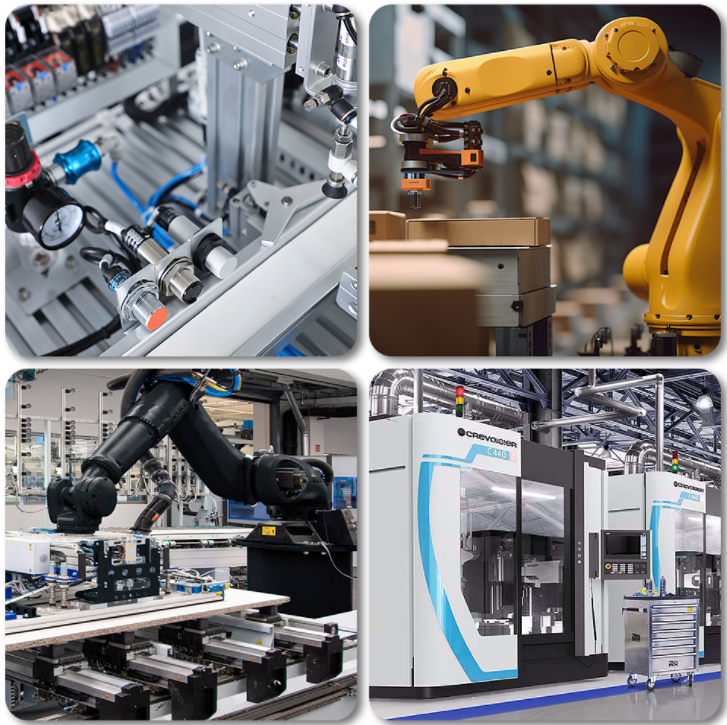
The journey of compressed air from its source to end-use equipment is fraught with challenges. Compressors, while generating the necessary pressure, also introduce contaminants such as oil aerosols, water vapor, and particulate matter. Left unchecked, these impurities can corrode pipelines, clog valves, and degrade the performance of pneumatic tools. This is where filtration systems come into play, employing technologies like coalescing filters to capture submicron oil droplets or activated carbon beds to adsorb volatile organic compounds. However, filtration alone is insufficient. Pressure regulators ensure that downstream equipment receives air at consistent levels, preventing damage from surges or drops. Modern regulators now incorporate advanced materials like aerospace-grade polymers and digital feedback mechanisms, allowing for real-time adjustments with tolerances as tight as ±1%. Meanwhile, lubricators introduce precisely measured oil mists into the air stream, reducing friction in pneumatic cylinders—a process that must balance efficiency with environmental concerns, given the push toward oil-free systems in eco-conscious industries.
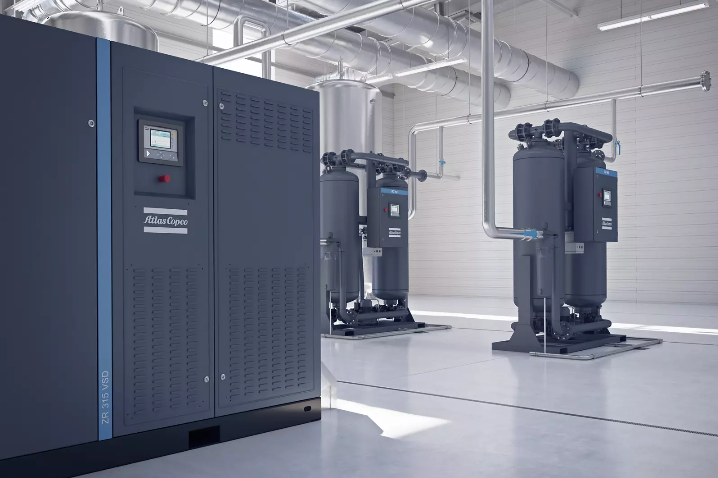
The demands placed on air preparation components vary dramatically across sectors. In food and beverage production, stainless steel filters and regulators dominate, designed to meet stringent hygienic standards and resist corrosion from washdown procedures. Contrast this with mining operations, where components must withstand abrasive dust, extreme temperatures, and constant vibration. Here, ruggedized FRL (Filter-Regulator-Lubricator) units with reinforced housings and fail-safe pressure relief valves become indispensable. The aerospace sector presents another layer of complexity, requiring ultra-high-purity air for tasks like composite material curing or wind tunnel testing. These applications often necessitate multi-stage filtration systems capable of achieving ISO 8573-1 Class 0 air quality, where oil content is virtually undetectable. Such specialized needs have driven the development of modular air preparation systems, allowing facilities to customize configurations by swapping filter cartridges, adjusting regulator ranges, or integrating IoT sensors for predictive maintenance.
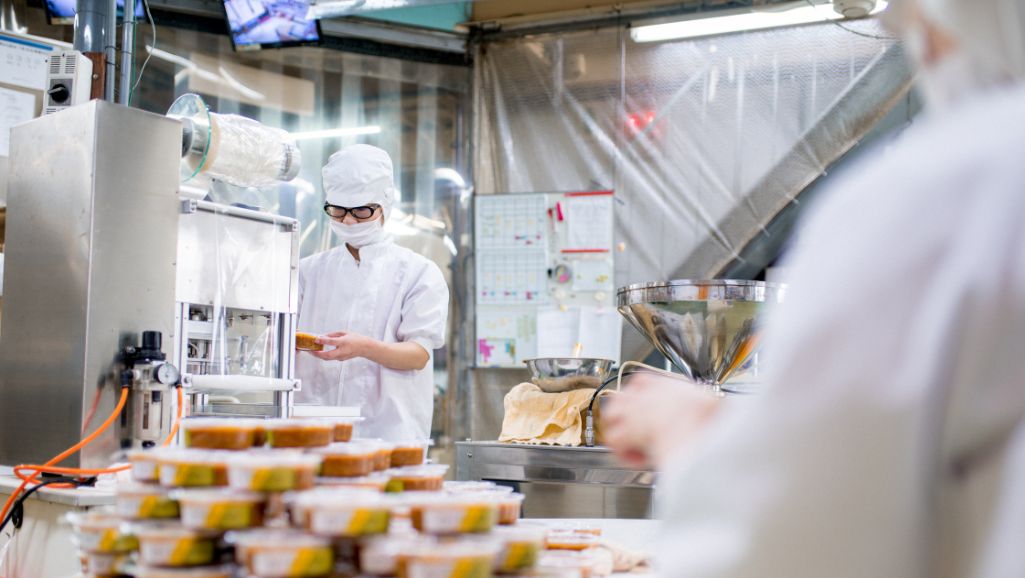
Technological convergence is reshaping the industry. The rise ofIndustry 4.0 has seen traditional mechanical components merge with digital intelligence. Smart regulators now embed wireless transmitters that communicate pressure data to centralized control systems, enabling automated adjustments based on real-time demand. Cloud-based analytics platforms process terabytes of operational data to predict filter lifespan, optimizing maintenance schedules and reducing downtime. Meanwhile, additive manufacturing techniques like 3D printing are revolutionizing component design, allowing for intricate internal geometries that enhance airflow dynamics while reducing weight. Sustainability pressures are also driving innovation, with manufacturers exploring biodegradable lubricants, recyclable filter media, and energy recovery systems that harness waste heat from compressors. The emergence of hydrogen as a clean energy carrier introduces new frontiers, demanding air preparation systems capable of handling hydrogen's unique properties, such as its low viscosity and tendency to embrittle metals.
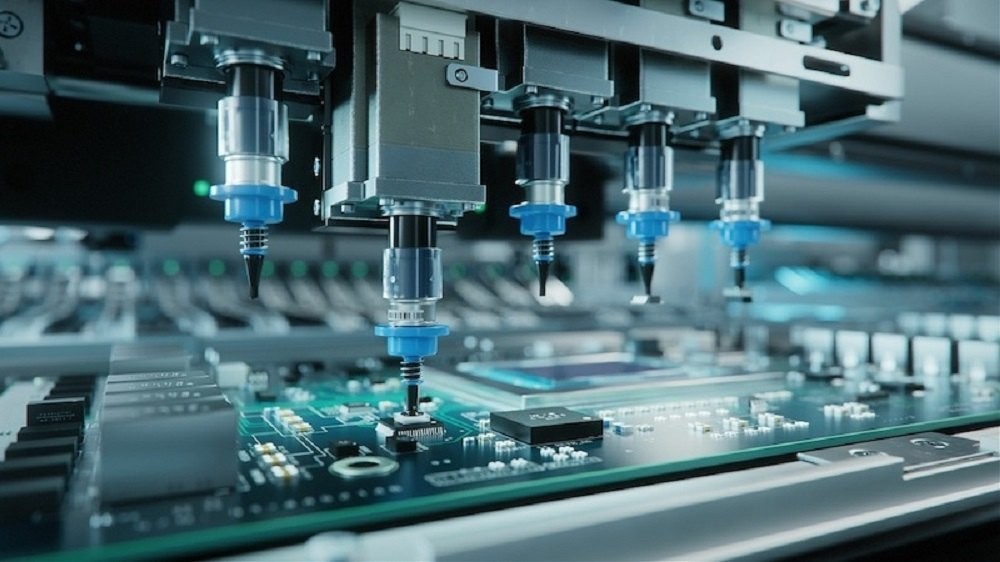
Yet, challenges persist. The push for higher efficiency collides with the physics of fluid dynamics, as engineers grapple with the trade-off between filtration precision and pressure drop. A filter capable of trapping 0.01-micron particles may create significant resistance, forcing compressors to work harder and consume more energy-a critical concern in an era of rising power costs and carbon regulations. Material science breakthroughs offer partial solutions, such as nanofiber coatings that enhance contaminant capture without increasing airflow resistance. Another hurdle lies in the global patchwork of standards and certifications, from Europe's ATEX directives for explosive environments to North America's NSF/ANSI certifications for food-grade components. Navigating this regulatory maze requires manufacturers to maintain flexible production lines and deep technical documentation. Looking ahead, the industry's trajectory points toward increasingly intelligent, adaptive systems that not only condition air but also learn from operational patterns, anticipate failures, and seamlessly integrate with renewable energy grids-a vision where air preparation components evolve from passive devices to active participants in the industrial ecosystem.
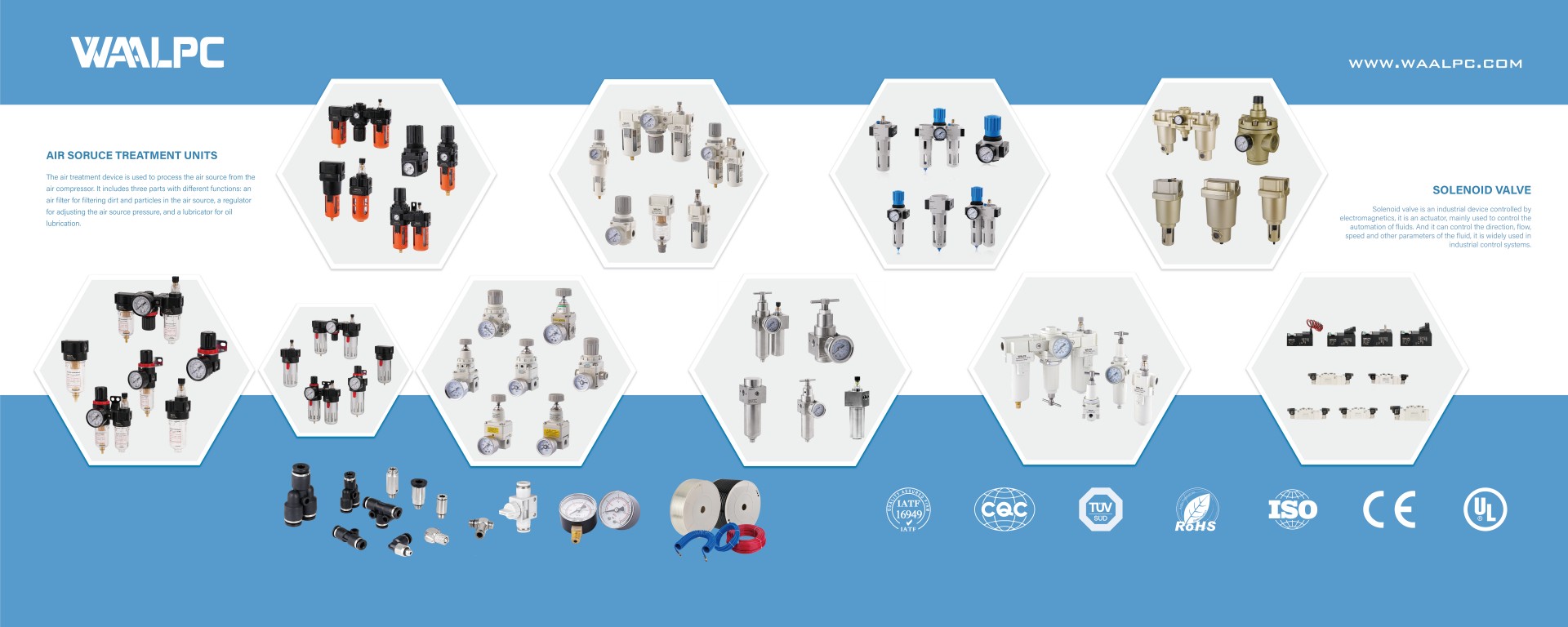
In essence, the air preparation industry embodies the delicate balance between mechanical engineering, material innovation, and digital transformation. Its components, though often overlooked, form the circulatory system of modern manufacturing, ensuring that the lifeblood of compressed air flows clean, steady, and efficient. As industries venture into frontiers like quantum computing labs requiring vibration-free pneumatic isolation or Mars colonization projects needing self-regulating life support systems, the humble filter-regulator combo may well become humanity's silent partner in technological transcendence.